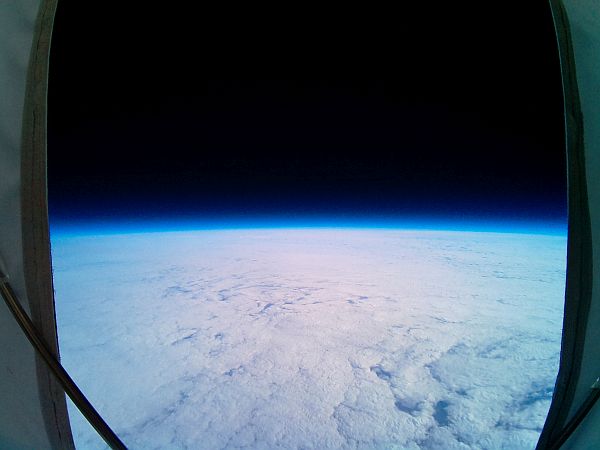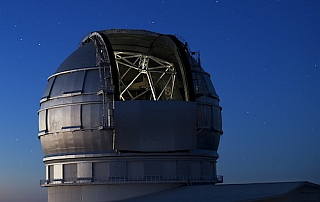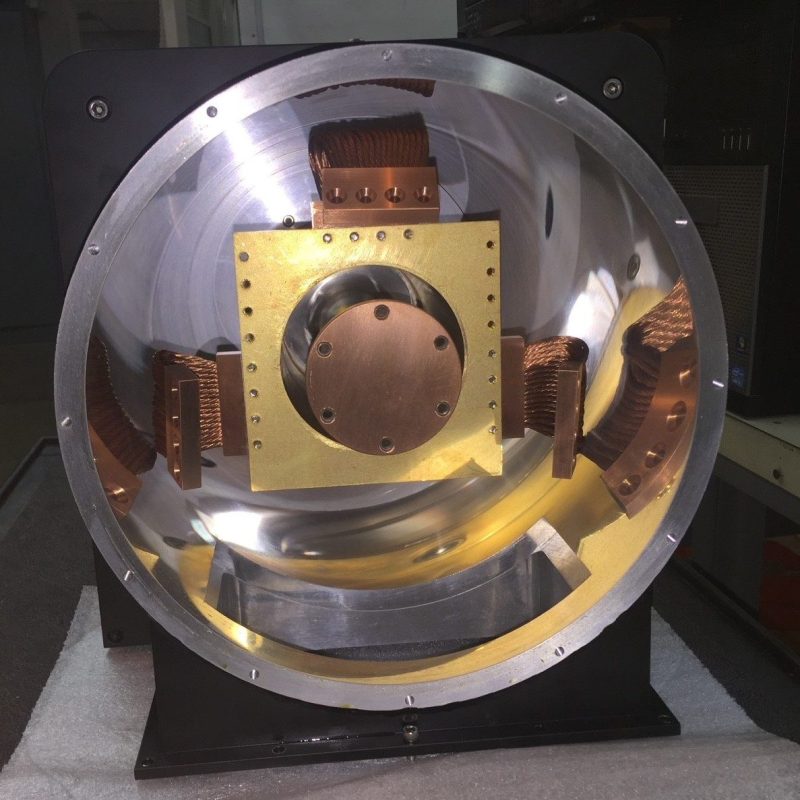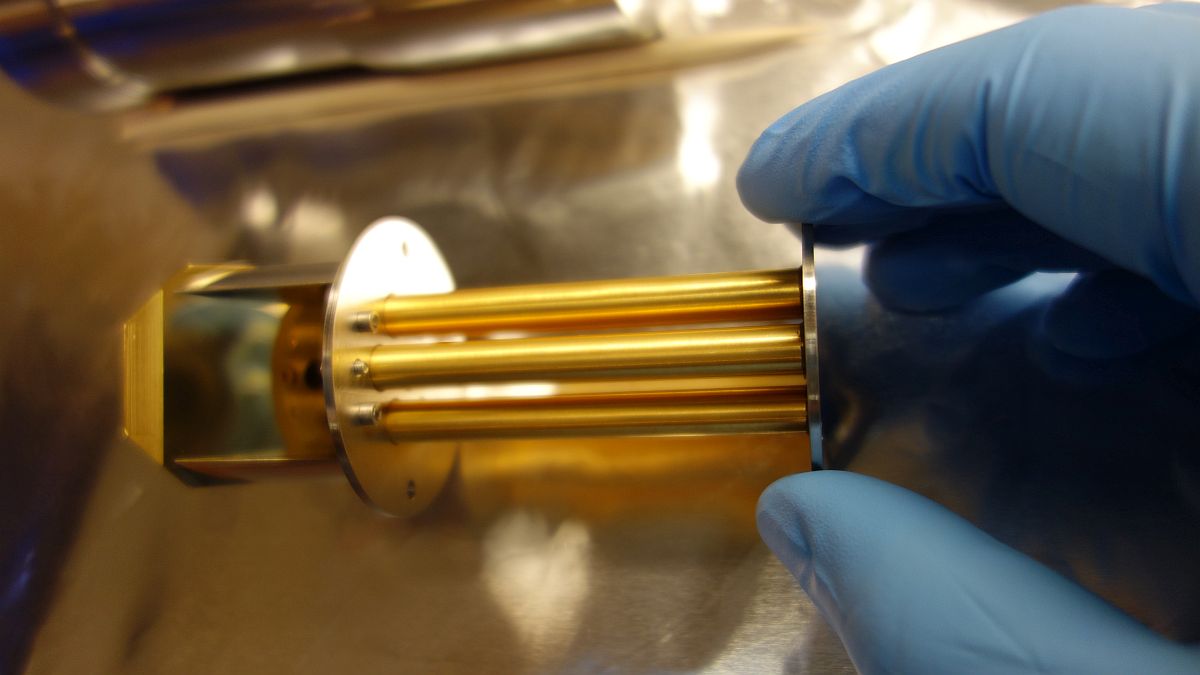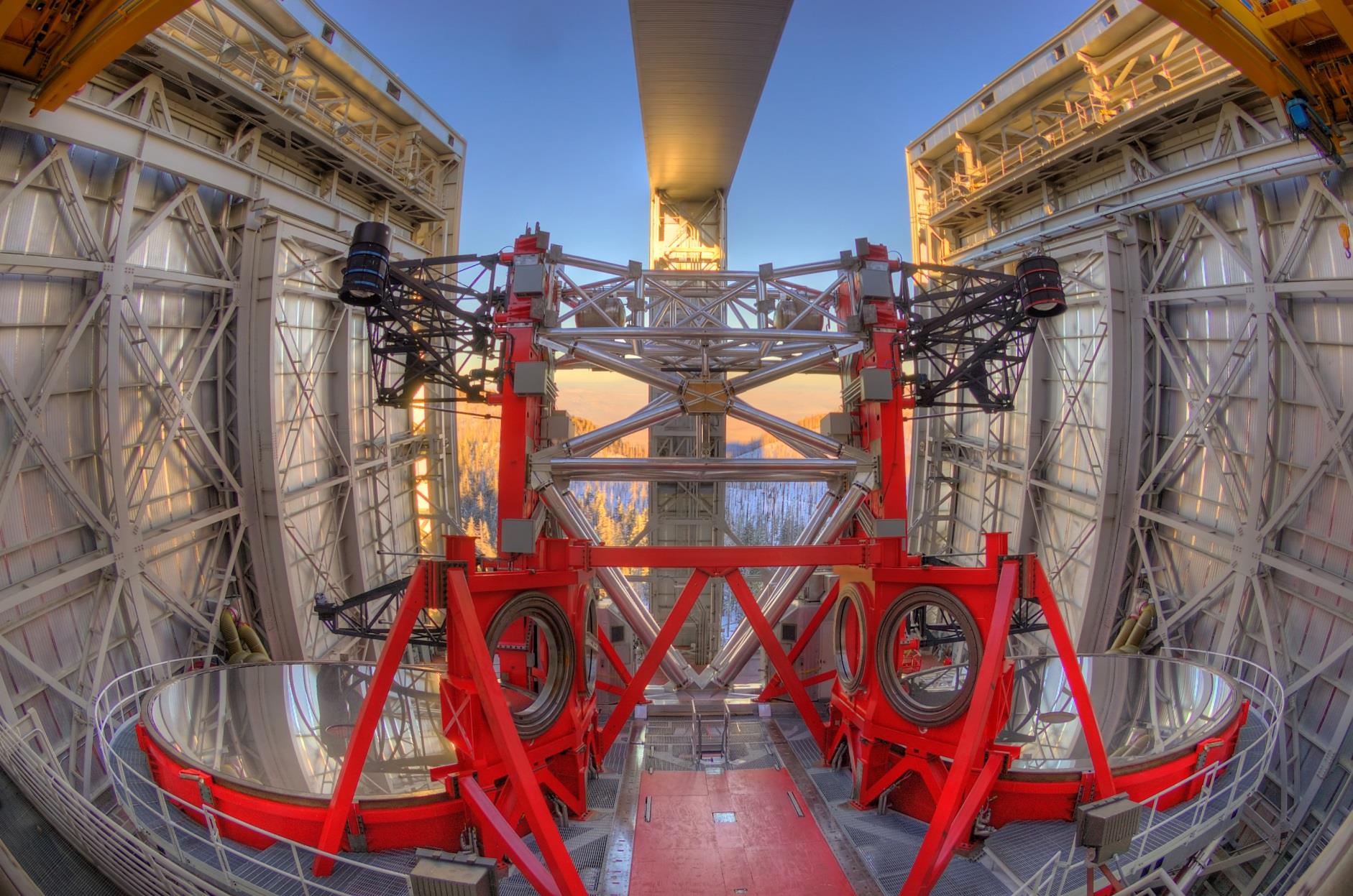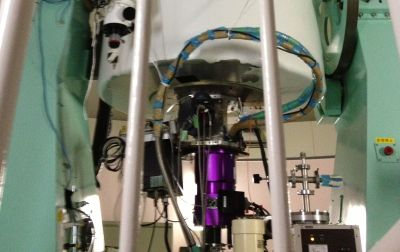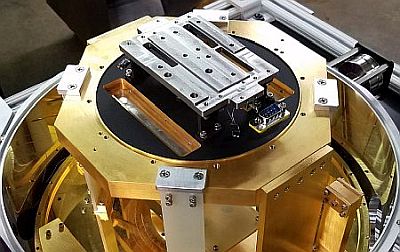DLR Institute of Optical Sensor Systems selected IRLabs to design the custom dewar for the OSAS-B (Oxygen Spectrometer for Atmospheric Science from a Balloon), the first instrument of its kind to be mounted on a stratospheric balloon.
IRLabs designs and builds a new closed cycle cooling platform including a large, 140-liter vacuum enclosure for GRANCAIN, a high-resolution NIR imaging system that serves the adaptive optics needs of the Gran Telescopio de Canarias (GTC) operated by the Instituto de Astrofísica de Canarias (IAC).
The team for the Mid-IR Spectrometer and Imager (MIRSI) relied on the expertise of IRLabs to replace the original liquid cryogen dewar with a cryo-free refrigerator – without impacting the camera head or system envelope.
IRLabs collaborates with leading research organizations to contribute technical expertise as a trusted partner in projects such as the Ice Giants Net Flux Radiometer (NFR) instrument being developed by NASA Goddard Space Flight Center to further exploration of exoplanetary systems.
At the heart of the Large Binocular Telescope is the pair of SHARK-NIR instruments which will used used together to observe exoplanets. Our engineering team worked closely with INAF-Padova and Steward Observatory to design, produce and test a customized dewar that met unique specifications of the SHARK-NIR.
When lightning struck Kagoshima University’s 1-meter infrared telescope, we worked with the university to inspect and evaluate the damage and to propose for a cost-effective way to rebuild the camera system with a new Teledyne H1RG detector while using the undamaged optics, mechanical cooler, and vacuum enclosure.
The purpose of the project was to design and produce a cryostat to simultaneously characterize four MCT focal plane arrays that will be used in the NEO Surveyor, a space-based IR telescope to survey the solar system for near-earth objects.
ProjectsNancy Roth2024-04-15T09:41:57-07:00

